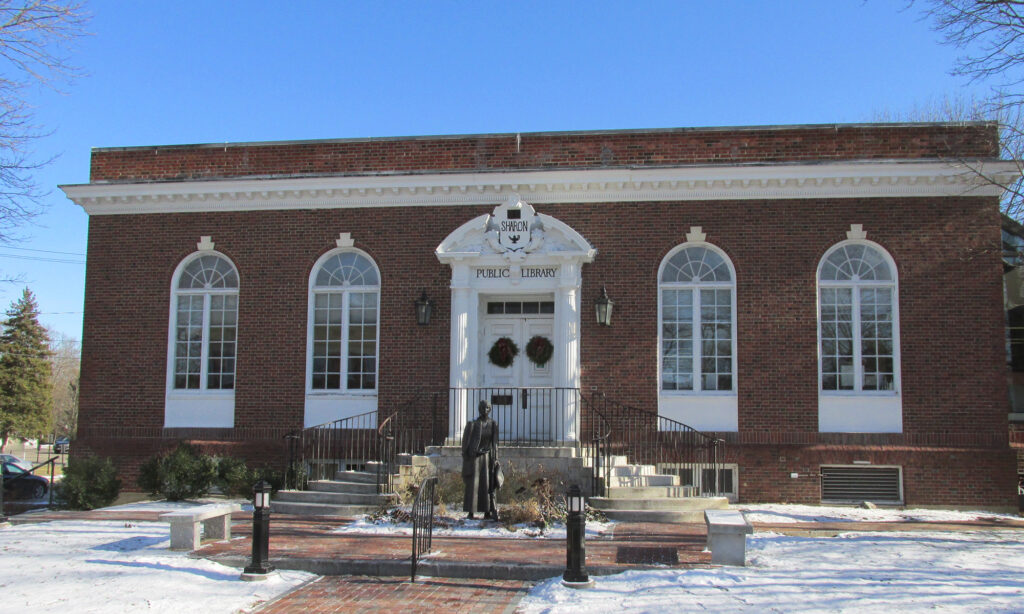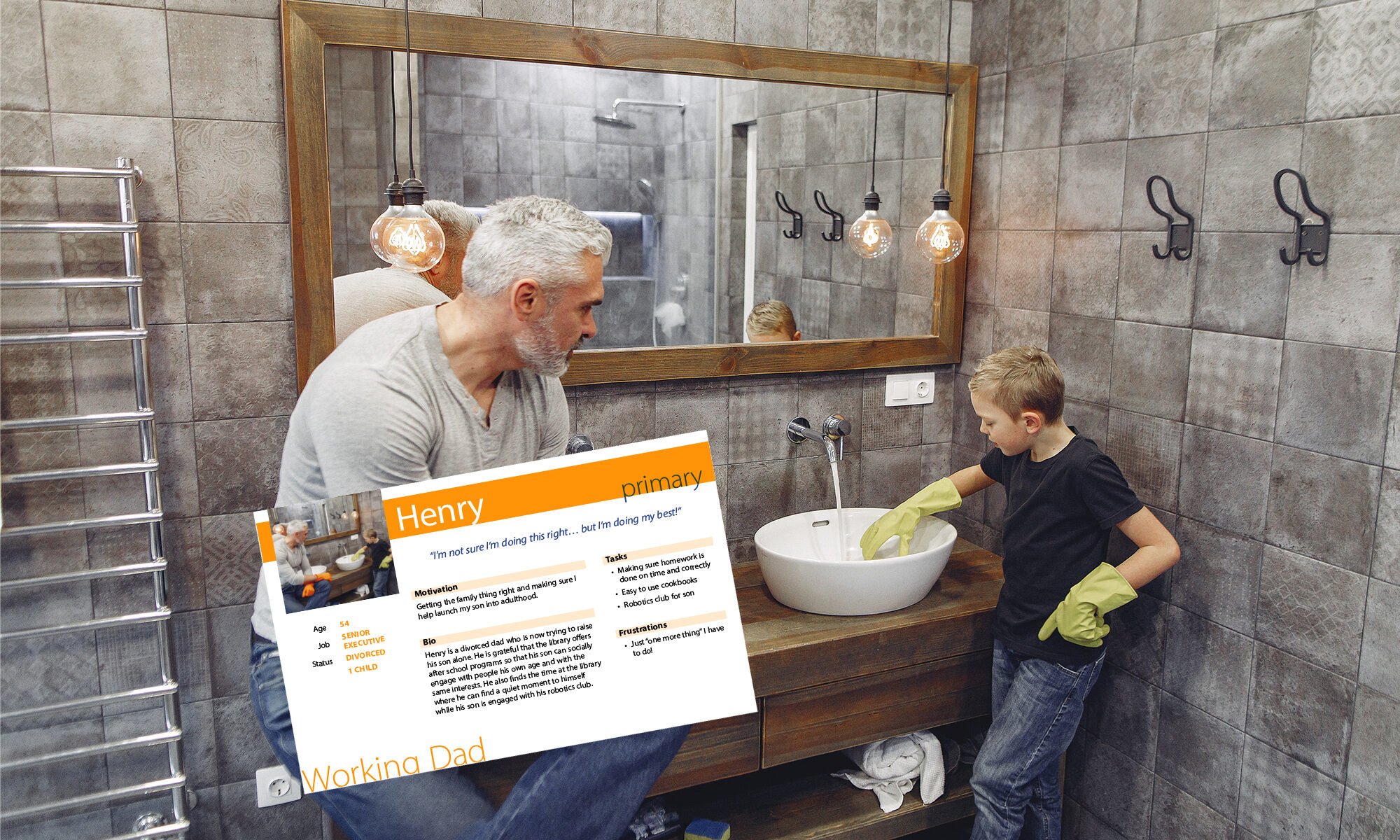Skill Set — Information Architecture:
Content, Labeling & Taxonomy
For this project, a letter has been received from a library asking for help in having their website redesigned “from the ground up” with an emphasis on easy-to-access information and welcoming thematic elements.
I chose to research and redesign the Sharon Public Library (SPL) as my “project” library.
PHASE 1 — Proposal Submission and Acceptance
The first step was to draft and submit a project proposal which included describing the existing information architecture, and to provide a project plan and timeline. In researching the site, one of the first things that became apparent was that any redesign would have to factor in the current service providers which are integral to certain library offerings as the library is a part of a multi-function library network.
Goal
The goal of the site design / reorganization of information is to allow patrons to quickly and easily find the exact information / items for which they are searching.
Constraints
SPL will continue to use their current host provider and modifications to the site will need to be made in conjunction with that site’s developers.

patrons from its iconic Andrew Carnegie building.
The full project proposal outlined stakeholder wants, my understanding of the project, and provided the stakeholders with a description / approach to tacking their problem. The proposal (which also includes a Gantt Chart outlining the Schedule of Activities, Project Deliverables, and Dates) can be viewed below.
Research – Librarians and Patrons
PHASE 2 — Field Research
Field research for this project included:
#1 – Interviewing several librarians to find out about online patrons and their usage of library sites. Extensive phone interviews were conducted with:
- 3 Research Librarians (one from the Library of Congress; two from local libraries)
- 1 local Librarian
- 1 Head Developer from Columbia University Library
#2 – Conducting a literature search of archival resources of patron usage.
To help in analyzing the data, the information was structured according to question and interviewee — this method helped me to assess patterns in both patron usage of libraries, but also similarities between library offerings and methods.
The pertinent assessment data can be accessed below:
The final deliverable included:
- Scope and Key Resources of the Research
- Research Protocol
- Findings / Conclusions
- Persona(s) Developed
- Lists of Tasks that the site should support
The Users and Context report can be accessed below:
PHASE 3 — Content Analysis
The next phase of my research included the following steps:
- Produce a Content Analysis (What can be used “as is” or repurposed; what needs to be reworked; what needs to be created, i.e., existing content / missing content)
- Choose a Classification Scheme and communicate rationale
- Build a Site Map reflecting the classification scheme and decisions about key tasks
- Load classification scheme into Treejack in preparation for user testing
The Content Analysis / Classification Scheme / Site Map report can be accessed below:
PHASE 4 — Assess Information Architecture
For this phase, I conducted an information architecture design analysis using Treejack software which helped determine Labeling and Taxonomy effectiveness. Tasks for completing this phase included:
- Writing tasks
- Setting up Treejack project for a tree study
- Recruit and run minimum 4 participants (this study used 6 participants)
- Analyze the data
- Revise and report update to stakeholders
- Produce full report
The Stakeholder Update can be accessed below:
The Participant Sessions “1st Click Test” report can be accessed here:
The Assessment Report can be accessed here:
PHASE 5 — Finalize Information Architecture Design
The final phase of this project included the following:
- Create wireframes using labeling and taxonomy
- Writing tasks for navigation assessment of the wireframes / labeling / taxonomy
- Create workflows to assess key access points
- IA navigation assessment based on created wireframes using Chalkmark software
- Interpret the results of the user tests to make design decisions and revise wireframes
- Produce the final report on the IA as the final deliverable for the project
The final deliverable includes:
- Project overview
- Summary of user research
- Created personas
- Task priority by persona table
- Final sitemap
- Navigation structure and rationale
- Final wireframes and key workflows
The final deliverable (report) can be accessed here:
Project Conclusion / Results
The original goal of this project was a complete site redesign and reorganization of information to allow patrons to quickly and easily find the exact information / items for which they are searching.
Constraints for the project included using their current host provider; working with outside developers; and a project scope which does not extend beyond the SPL website to other connected websites.
Recommendations and Work — Upon approval, research was conducted and the following implemented for the project:
- Redesigned Home / Landing Page and several supporting pages
- Redefined the Menu Structure
- Defined Content Labeling
- Added a Visible Search Window for the SPL site
- Developed a Footer Navigation Menu
- Added a “Breadcrumb” Navigation Menu
- Created a visible means to understand How to “Borrow” Materials from OCLN site
Work Performed and Delivered — 7 Weeks of the Project:
Phase 1 — Performed an assessment of the current state of SPL’s website; made recommendations and submitted a proposal for acceptance.
Phase 2 — Conducted and completed our Field and Literature research and created user “Personas” for typical patrons of SPL.
Phase 3 — Performed a Content Analysis; chose Primary and Secondary Classification Schemes; and developed a Site Map.
Phase 4 — Performed a “Tree” study to determine the efficacy of the Labels and Categories; and, as a result of this study, revised the Site Map.
Phase 5 — Created Wireframes (a visual guide for web page design that helps show the relationship between web pages) and Workflows (diagrams that show how a user clicks through the various menu / link options to get to the task goal — finding the information they are looking for). The wireframes and workflows were used to develop a “1st Click” test that enabled us to further test our Labels and Categories, and helped us to refine the Navigation, Wireframes and Workflows, and then create the final Site Map.
At the end of “Phase 5,” the next step would be the actual development / implementation of the redesign.


